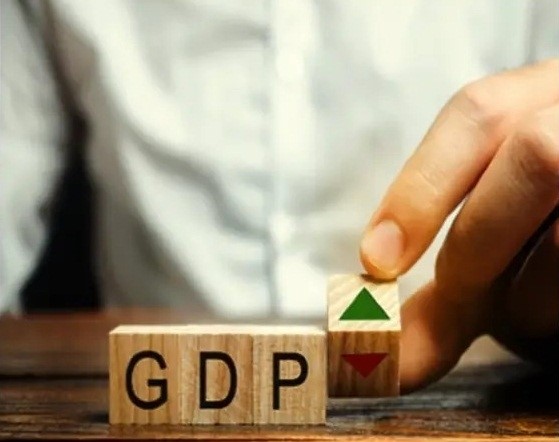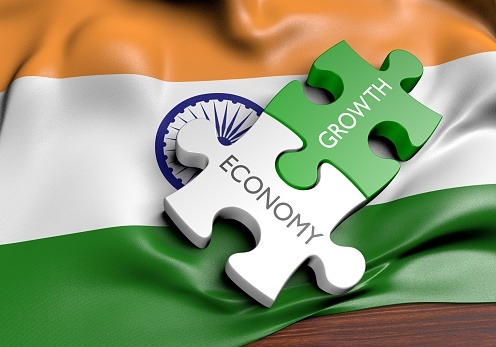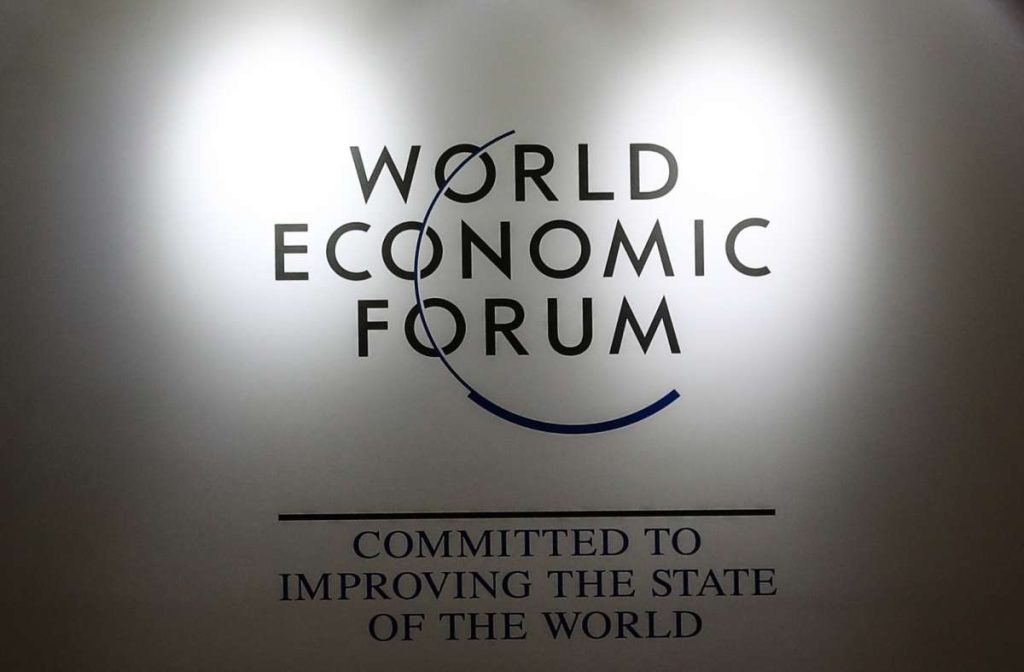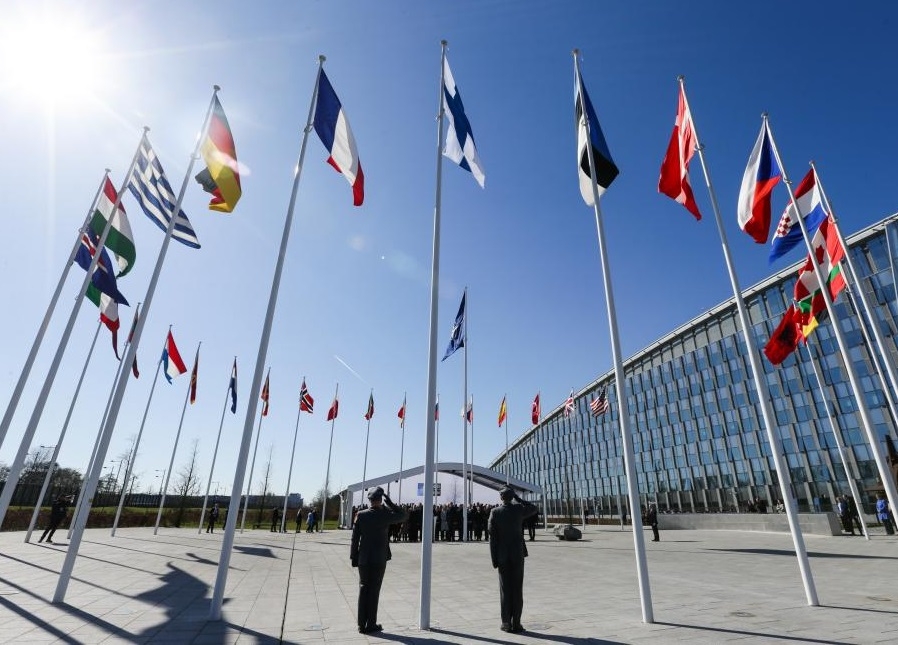The Morgan Stanley report highlights India’s attractiveness within Asia, emphasizing its strong potential from a domestic demand perspective…reports Sanjeev Sharma
India’s nominal GDP growth will accelerate to 11.6 per cent this year versus 9.2 per cent in 2023, making it the third consecutive year that the country’s nominal GDP growth will be the strongest in Asia, according to a Morgan Stanley report.
Within Asia, India offers a compelling opportunity from a domestic demand alpha standpoint, the report said.
India’s contribution to Asian and global growth will rise to 30 per cent and 17 per cent, respectively, up from 28 per cent and 16 per cent in 2023. Over the medium term, real GDP growth will average 6.3 per cent until F32.

The report pointed to initial signs of rural consumption improving. There are now some signs that the broader consumption recovery in volume terms picked up pace in 4Q23, helped in part by firming rural demand.
Consumer durable goods production growth has strengthened to a 17-month high of 5.3 per centY during the October-November festive period.
Passenger vehicle sales growth accelerated to 27 per centY in Oct-Nov, vs. 22 per centY in 3Q. Importantly, two-wheeler sales growth has picked up to 26 per centY in Oct-Nov (vs. a weak -2 per centY in 3Q), indicating that rural demand is now joining in the recovery. This is also corroborated by fast-moving consumer goods (FMCG) sales volume data which shows rural volume growth has accelerated to 6.4 per centY in 3Q23, vs. 4.0 per cent%Y in 2Q23 and just 0.3 per centY in 1Q23.
The effects of the policy push on supply side reforms have already been reflected in very strong outturns in public capex so far.
“We see the next phase of the capex cycle and indeed the expansion to be sustained by a pickup in private capex which will uplift and sustain productivity growth,” the report said.
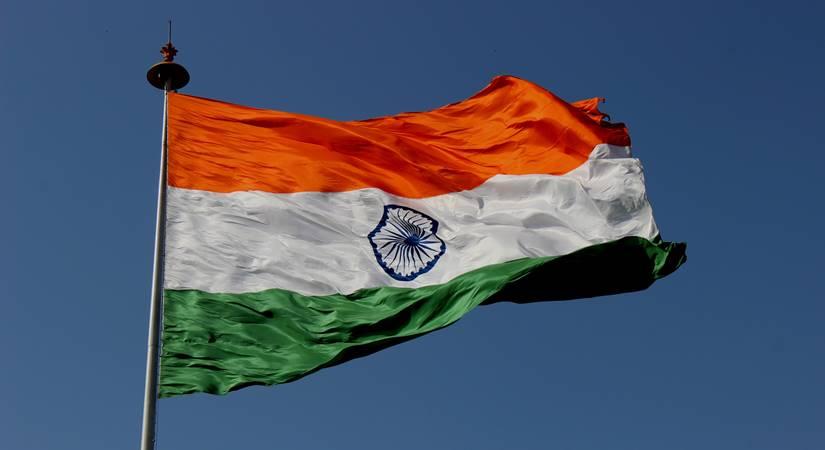
Capex is accelerating as real GFCF growth has already accelerated to 11 per centY in 3Q23, much higher than the 2019-22 average of 6.2 per centY and also above the pre-covid 2017-18 average of 9.6 per centY.
In terms of the high frequency data that we have been monitoring, the incoming data continues to paint a positive picture on the current trends in capex.
Public capex has been strong with the Central government’s capex to GDP ratio rising to 3 per cent, an 18-year high.
Moreover, state-level capex data for 19 states show a renewed acceleration in state capex growth. On a 4Q trailing sum basis, private projects under implementation data is also rising to 18.5 per centY in 4Q23, up from an already strong 16.8 per cent in 3Q23.
FDI data has also risen in Oct-23.
“Finally, our India economics team’s proprietary capex indicator shows that the count of capex mentions by companies continued to accelerate for five consecutive quarters, rising to its all-time high in 2Q23,” Morgan Stanley said.
ALSO READ: Caution Ahead!

